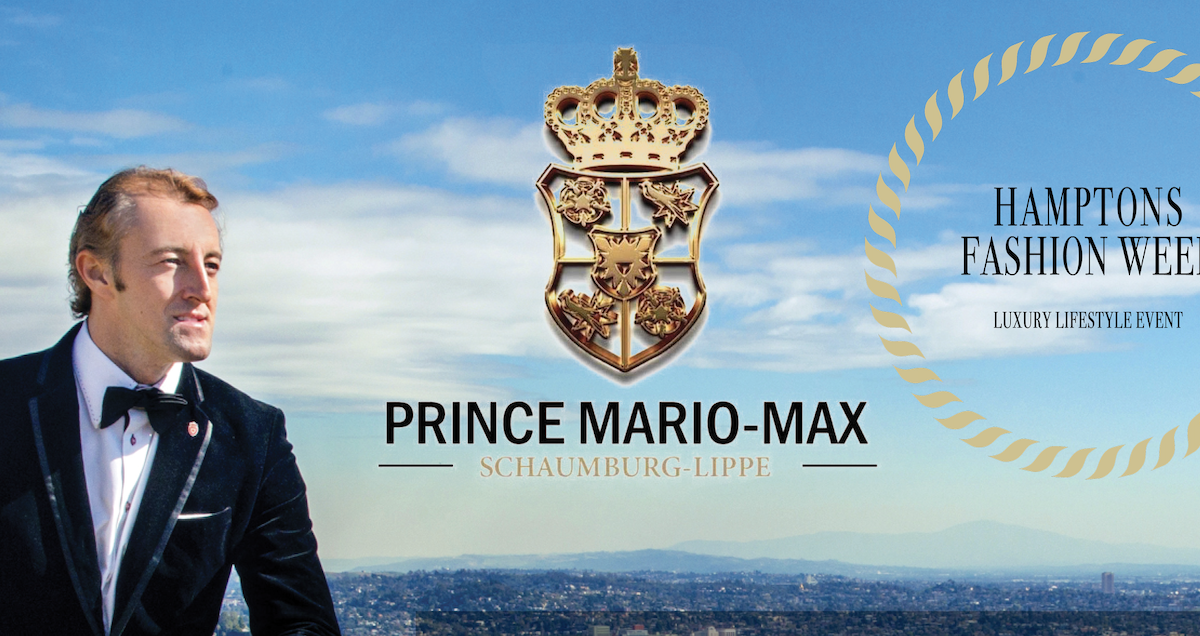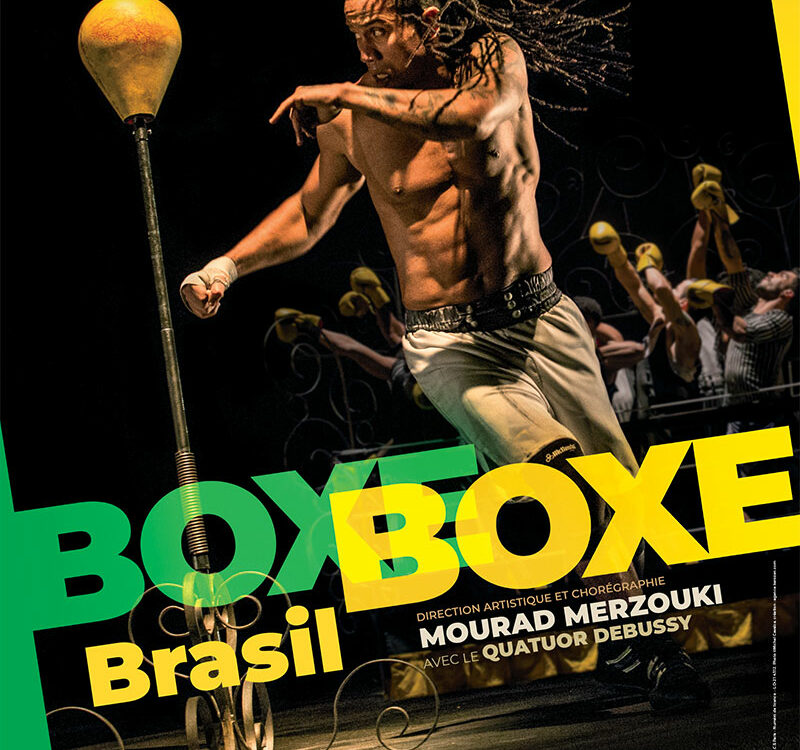Through the Soundproof Curtain The Polish Radio Experimental Studio
Polish Radio Experimental Studio (PRES) was founded in Warsaw in 1957. Its establishment also had symbolic value, as it became a major platform for freedom of expression within the Eastern Bloc. During the Iron Curtain era, the studio became an exclusive space for creative autonomy. PRES was the only platform that enabled artistic exchange with the West, inviting guests from the United States, Western Europe and Scandinavian countries.
The exhibition co-organized by the Adam Mickiewicz Institute as part of the international cultural program accompanying the centenary of Poland regaining independence shows PRES as an institution oriented towards audio-visual experimentation that managed to establish a new language that is open to the listener’s interpretation through the influence of visual arts.

Andrzej Zborski: Studioaufnahme (1962–1972) © The Museum of Modern Art in Warschau
The studio in Warsaw
Thanks to its modern technology and two qualified, experienced technicians, the studio was able to meet the needs of composers from various backgrounds and above all promoted research in the field of tape music. Nevertheless, the studio not only concentrated on producing independent electroacoustic pieces, but also served to create musical „illustrations“ for film, radio and television. Actually, the production of accompanying music and what we now call sound design for various media was officially one of the studio’s main tasks. As a result, the electroacoustic experiments at the Polish Radio headquarters in Warsaw had a profound influence not only on the development of art music in Europe, but also on the transformation of pop culture and imagination in the Eastern bloc.
A place of encounter
The Studio was a space for meetings between engineers, such as Eugeniusz Rudnik, Bohdan Mazurek, Barbara Okoń-Makowska, Wojciech Makowski, Ewa Guziołek-Tubelewicz, Tadeusz Sudnik, and composers, among them Włodzimierz Kotoński, Krzysztof Penderecki, Bogusław Schaeffer, Elżbieta Sikora, Krzysztof Knittel, Hugh Davies, Arne Nordheim, Kare Kolberg, Lejaren Hiller, Roland Kayn and Dubravko Detoni. Initially, it mainly promoted research into tape music but later developed into a kind of interdisciplinary institute of new media and became a laboratory for visual artists and designers such as Oskar and Zofia Hansen, Krzysztof Wodiczko, Kazimierz Urbański and Józef Robakowski.
PRES members have constantly sought to disseminate and promote new forms of music by organizing lectures, producing series for broadcast and publishing treatises on the subject.
The studio became a laboratory for visual artists and designers such as Oskar and Zofia Hansen, Krzysztof Wodiczko, Kazimierz Urbański and Józef Robakowski.

Andrzej Zborski: Studioaufnahme (1962–1972) © The Museum of Modern Art in Warschau
History of the studio in four chapters
In four chapters Through the Soundproof Curtain presents the history of the studio, as well as numerous graphic scores and sound recordings, which opened up an original and „liberating“ approach to the practice of composing. In addition, a selection of short films and film excerpts that have been set to music in the studio can also be seen and heard: Among other things a study for one cymbal stroke from Włodzimierz Kotoński. The recording was the first Polish piece of music for tape. Or the graphic score and sound recording of the piece Theme by Bogusław Schaeffer: In the 1970s contemporaries called this „raw“ abstract composition „electronic music of the future“. The exhibition includes objects created through the studio’s collaboration with visual artists and designers such as Oskar Hansen and Zofia Hansen and Krzysztof Wodiczko. Oskar and Zofia Hansen present the architectural sketch for the music pavilion of the Warsaw Autumn Festival for Contemporary Music 1958. The architectural plan and the model of the socalled „black room“, the heart of the studio, can also be viewed. The diverse artistic practice of Krzysztof Wodiczko is illustrated with Personal Instrument from 1969 and the accompanying documentation of his performance. Furthermore, the reconstruction of an extensive audio and light installation for the exhibition will be developed. The work was a continuation of experiments by the sculptor Henryk Morel and the composer Zygmunt Krauze. Morel and Krauze also invited the architect Teresa Kelm to work on the 1968 project.




